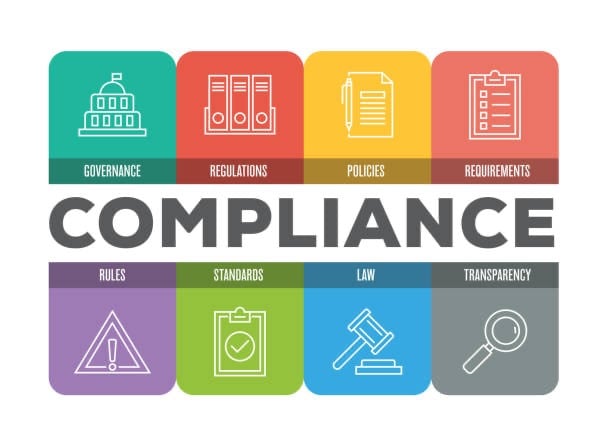Regulatory Standards for Compostable Products in Different Countries
In this blog, we’ll explore the key regulatory standards for compostable products in major markets, their importance, and how businesses can navigate them effectively.
Nitin Sharma
4/4/20242 min read


Regulatory standards are benchmarks that certify a product's compostability under specific conditions. They:
Ensure authenticity by preventing greenwashing (false eco-friendly claims).
Provide uniform guidelines for manufacturers and buyers.
Help consumers and businesses make informed, sustainable choices.
Without compliance, businesses risk losing market access or facing penalties in regions with strict environmental laws.
Major Compostable Product Standards Around the World
European Union: EN 13432
Scope: EN 13432 is the most widely recognized standard in the EU for compostable packaging. It certifies that a product will biodegrade in an industrial composting facility within 12 weeks and disintegrate within 6 months.
Testing Criteria:
Chemical composition (heavy metal limits).
Biodegradability under controlled conditions.
Eco-toxicity (ensuring the resulting compost is safe for plants).
Certification Bodies: TÜV Austria, DIN CERTCO.
United States: ASTM D6400 and ASTM D6868
Scope: These standards apply to compostable plastics and compostable packaging coated with biodegradable materials.
Testing Criteria:
Complete breakdown within 180 days in industrial composting facilities.
No harmful residues or toxicity in the compost.
Certification Body: The Biodegradable Products Institute (BPI).
Australia: AS 4736 and AS 5810
Scope: AS 4736 is for industrial composting, while AS 5810 applies to home composting. These standards are stricter, particularly for home composting, as the process occurs at lower temperatures.
Certification Body: ABA (Australasian Bioplastics Association).
India: IS/ISO 17088
Scope: Based on ISO standards, it governs the compostability of plastics under industrial conditions. This standard is gaining traction as India ramps up efforts to reduce single-use plastics.
Certification Body: Central Pollution Control Board (CPCB).
China: GB/T 19277-1
Scope: China’s standard aligns with ISO 17088 and focuses on industrial compostability. With the country’s stringent anti-plastic regulations, meeting these standards is critical for market entry.
Japan: GreenPLA Certification
Scope: Overseen by the Japan BioPlastics Association (JBPA), this certification focuses on compostable products made primarily from renewable resources like PLA.
Challenges in Meeting Standards
High Testing Costs:
Testing compostable products to meet international standards can be expensive for small businesses.Variation in Standards:
Each country has its own specific requirements, making global compliance complex.Lack of Infrastructure:
Even in regions with strict standards, the lack of industrial composting facilities can limit the effectiveness of compostable products.
Future Trends in Compostable Product Regulations
Global Harmonization:
Efforts are underway to create uniform standards across regions, simplifying compliance for exporters and manufacturers.Stricter Home Composting Standards:
With growing interest in home composting, regulations like Australia’s AS 5810 are expected to influence other markets.Digital Certification Systems:
Blockchain and digital platforms are being explored to streamline certification processes and ensure traceability.
Understanding regulatory standards for compostable products is a critical step for businesses looking to expand into global markets. By meeting these standards, you not only ensure compliance but also position your brand as a trusted provider of sustainable solutions.
Whether you’re exporting to Europe, the USA, or Asia, staying informed and working with accredited certification bodies will ensure your products meet the highest eco-friendly standards.
Investing in compliance today is an investment in a sustainable and profitable tomorrow.
MORE UPDATES ON
Home
At Trugro Exporters, we envision a world where businesses and consumers can thrive without compromising the well-being of our planet. Join us on our journey to make a positive impact—one sustainable solution at a time. Together, let’s create a future where nature and innovation flourish hand in hand.
FAQs